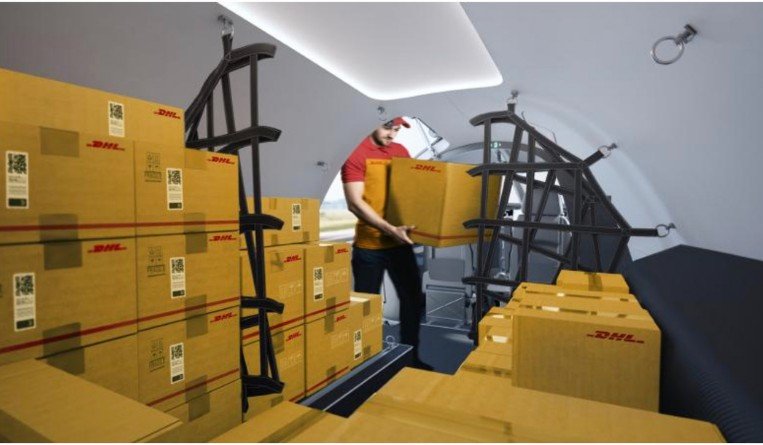Different – but overlapping – roadmaps of how to make the air freight sector more sustainable were outlined in a well-attended session of the IATA World Cargo Symposium held in Dublin.
While the target is to make the industry carbon free by 2050 and carbon neutral before that there is also a sharp awareness such lofty goals have to be combined with doing business profitably. Many companies acknowledge the cost, but report a willingness on the part of consumers to pay, as well as their own corporate responsibility to ensure their businesses are viable in an era of climate change.
“If we want to improve the world and meet the environmental goals, we need to invest,” Christian Bergfelder, senior director network, airside and airport affairs, for DHL Europe in Leipzig, told Asia Cargo News.
One detail he identified early on was the more extensive use of sustainable aviation fuels (SAF). “That is a big part of what we can do,” he said.
For its part, DHL is aiming to increase SAF in its fuel blend to more than 30% by 2030.
While no other participant revealed such clear targets, there was a general feeling that using less energy and fewer fossil fuels is very much something every stakeholder should be doing.
Didier Aujouannet, senior air freight business developer for airport operator Groupe ADP in Paris, not only supported a move to more SAF, but outlined a future role for hydrogen as a fuel, with some of the airports in the company expected to have on-site hydrogen facilities as experiments as early as 2023, he reported.
A presentation from IATA’s World Financial Symposium outlined four pillars in the organization’s footpath to decreasing carbon footprints: cutting energy consumption, moving from CO2-emitting to cleaner energy, offsetting emissions and developing sustainable procurement. Each pillar had a variety of options, ranging from the straightforward to the more difficult.
The first, decreasing energy, use went from the simple – using LED lighting as much as possible and training on energy efficiency – to more demanding ideas, such as being a proactive partner with airports to improve the efficiency of airport buildings.
In the second, moving to cleaner energy, some suggestions such as electrical forklifts and ground support equipment sound good, but need to be focussed on countries where electricity is has already been decarbonated. That written, solar panel projects are becoming more widespread in the industry, as can switching to low CO2 providers be in countries where there is no reliance on coal.
Where the loudest doubts were expressed was over the offset. Some companies are gearing up to do this, but others are less convinced by the merit of offsets and see them as a second-best, temporary option ahead of full decarbonization.
Also in the mix as a longer-term solution is refleeting, which comes with a hefty price tag.
Earlier in 2021, DHL decided to invest US$9 billion in new, more energy efficient planes to help it reach its zero-emissions target more quickly, said Bergfelder. The first of these will be 12 fully electric Alice eCargo planes from Eviation, a Washington state-based manufacturer. It is also the first ever electrical aircraft fleet.
Eviation expects to deliver the Alice electric aircraft to DHL Express in 2024.
Alice will carry payloads of up to 1,200 kilograms. It will require 30 minutes or less to charge per flight hour and have a maximum range of up to 815 kilometers (440 nautical miles), making it ideal for feeder and regional routes. It can be charged while loading and unloading operations occur, ensuring quick turnarounds.
This has triggered a second refleeting, as DHL is also planning for a Green Last Mile by electrifying 60% of its vehicle fleet, currently some 80,000 trucks. At its Leipzig hub, the company expects to have 51% of its ground servicing equipment go electric by 2026, Bergfelder told ACN. Currently, the number of electric GSEs is “almost zero,” he said.
“It’s a big part of the strategy – offering a green option,” he said.
While the green option comes with a cost, it also brings an opportunity in the shape of the green product portfolio, which offers green alternatives for 100% of all core products. “This is what we as a company and we as an industry have to do,” said Bergfelder.
One of the few divergent comments in the session came up over this issue, with Groupe ADP’s Aujouannet asking whether the final consumer or the passenger will pay for part of the cost. “Amazon should offer an option to pay more to use SAF,” he said.
Michael Mackey



